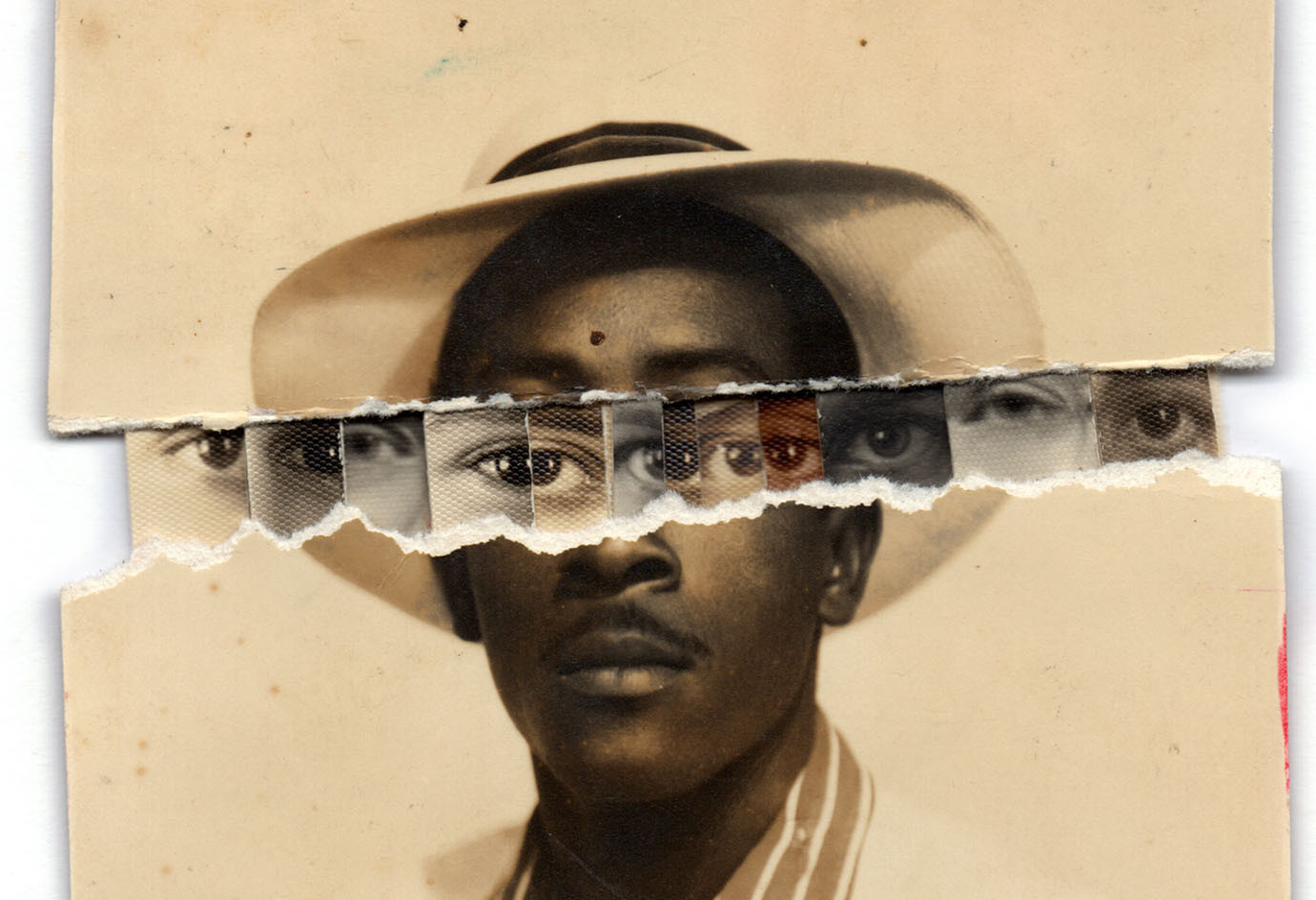
Foto Féminas: Community and Representation
Verónica Sanchis, a Venezuelan photographer, curator, and journalist who has lived in Great Britain, Hong Kong, and currently resides in New York, is the creator of one of the first platforms dedicated to women photographers in Latin America.
By Maíra Gamarra
Opening photo: Isabella Lanave. Fátima.
The Foto Féminas platform emerged in 2015 out of the need to present and promote the works of Latin American and Caribbean women photographers. Its goal is to encourage the dissemination of photographic works by women, increase visibility and inclusion of emerging artists, reaffirm established artists, and foster collaboration among female photographers and photographic organizations.
The lack of recognition and visibility of female photographers’ production remains a problem in the Latin American photographic scene. However, projects like Foto Féminas, which aim to take actions to reduce structural inequalities and create networks of contact, support, and empowerment among women, have significantly contributed to reducing ignorance and other inequalities faced in the photographic field.
Foto Féminas is also a space that contributes to the dissemination, disclosure, and reinterpretation of the image of contemporary Latin America from a female perspective under Verónica Sanchis’s curation.
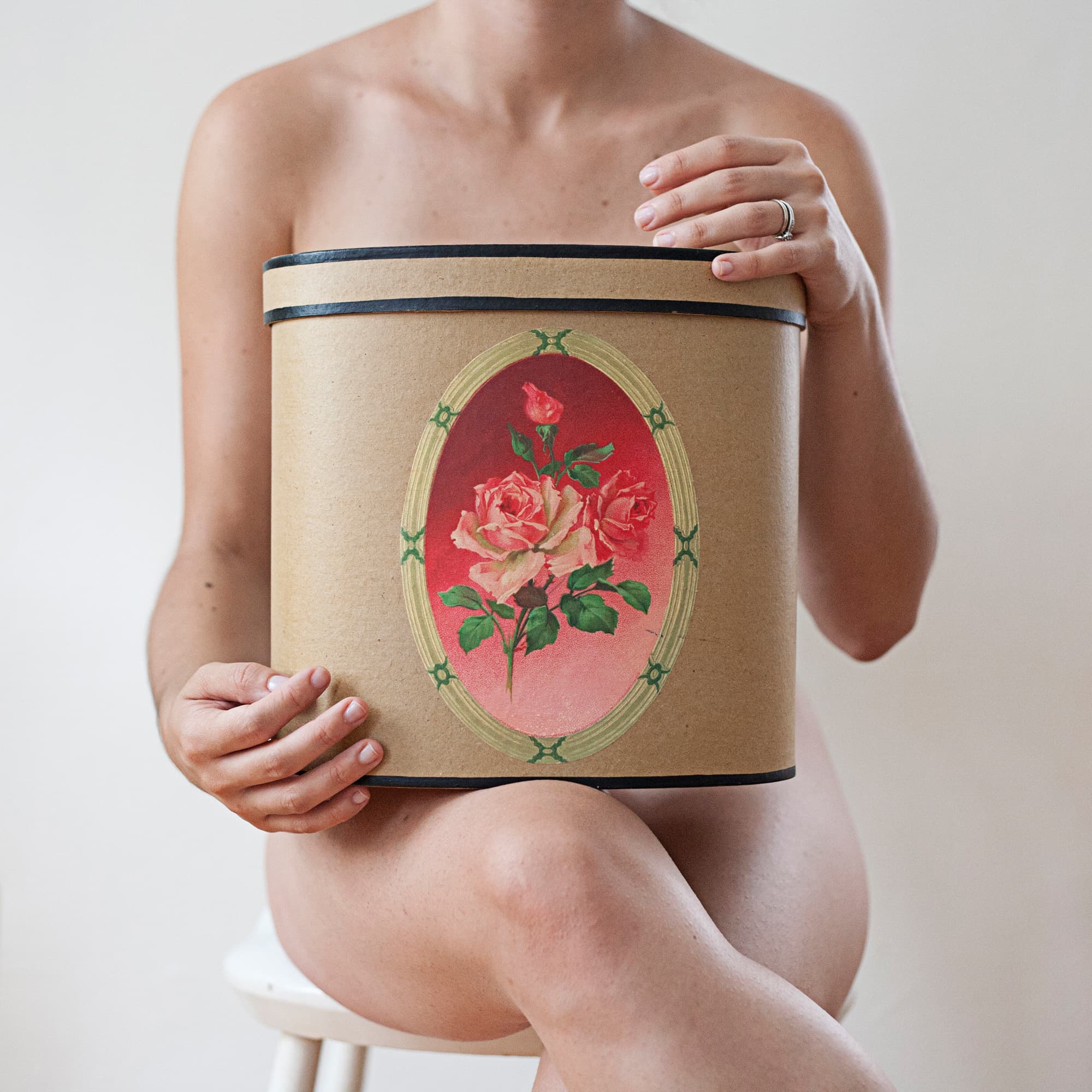
Verónica Sanchis
How and why did Foto Féminas emerge?
Foto Féminas arose from my own frustrations as a Venezuelan woman and photographer. I began my photography studies in Great Britain in 2005 and quickly noticed the difficulty of finding content created by female photographers, especially those from Latin America. This curiosity accompanied me throughout my studies and eventually led me to write my thesis on the difference between local and foreign photographers in Mexico during the 20th century. This research compared the works of Manuel Álvarez Bravo, Edward Weston, Graciela Iturbide, and Tina Modotti. Discovering Iturbide’s work immersed me in her documentary world of Mexico, sparking an appetite to further investigate Latin American female photographers.
In 2012, I started a monthly column in the virtual publication Ventana Latina called “Ten Questions With…” where I had the opportunity to interview various Ibero-American photographers. This experience as an interviewer and photo-editor, combined with my thesis and personal interest in photographic themes and female representation, led me to the idea of Foto Féminas. In 2014, I decided to create a web platform with the aim of publishing the work of a Latin American and Caribbean female photographer monthly. The first publication in January 2015 featured the work of Argentine photographer Lorena Marchetti, whom I had previously interviewed in Ventana Latina. Foto Féminas has not stopped since its first publication, and none of this would exist without the wonderful work of each photographer and their commitment.
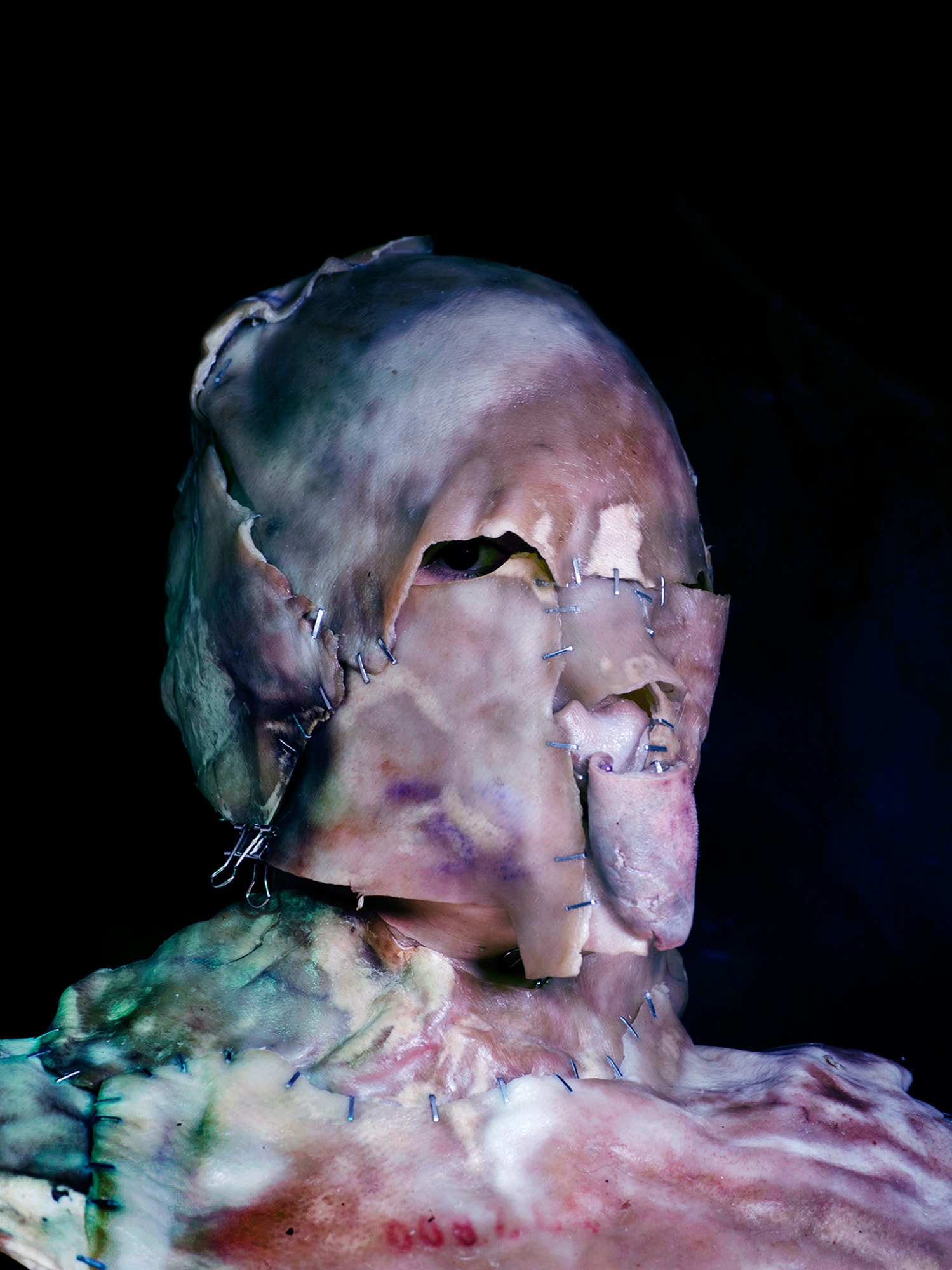
Gabriela Rivera Lucero. Bestiario.
After over eight years, Photo Féminas remains true to its initial proposal of monthly publications featuring works by Latin American female photographers on the website. I see this as a great commitment and responsibility towards female production in photography. You are undertaking a significant mapping of photographers working in Latin America. What still motivates you to continue with the project?
The commitment remains more evident than ever. We are a community of over 100 Latin American and Caribbean female photographers, each with different practices, including documentary, journalistic, conceptual, and experimental. What motivates me the most to continue with Photo Féminas is our valuable community, from which I have personally learned a lot. As a community, we have both online and in-person spaces where we share opportunities, content, and seek advice related to the profession. These spaces, in addition to being safe, are crucial for the development of our professional careers, and that’s why it’s important to nurture and expand them.
Furthermore, the Photo Féminas archive is, to me, a photographic anthology depicting different contemporary realities in our Latin American latitude. It is a highly valuable collection accessible to the public in two languages—English and Spanish—with the aim of providing broad access across different cultures. Over time, this accessibility has yielded positive results for the published photographers. I have received feedback from both photographers and other organizations/individuals that this accessibility has facilitated the creation of new networks, connections, and opportunities. Together in this space, we support each other, and that collective strength is increasingly recognized. Today, we are over 100 published photographers on the platform, and in the near future, we will be 200. This holds tremendous value for me. With the quality of all the works and the consistency of the photographers, we will continue to secure spaces to showcase our work and further develop as Latin American female photographers.
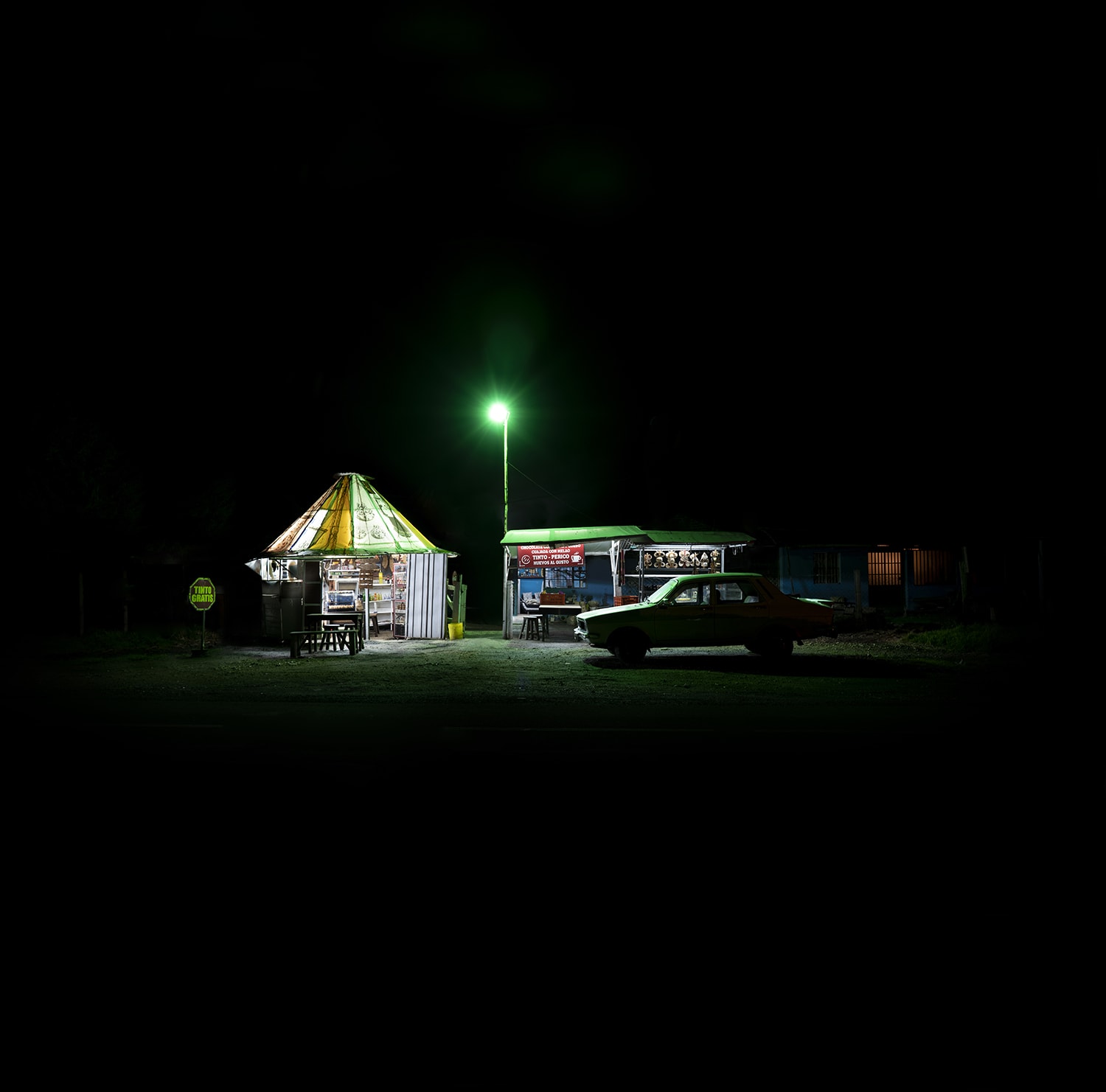
Renata Bolivar. Vestiges: Highway nights.
In recent years, other platforms and projects with similar objectives to Photo Féminas have emerged. How do you perceive this growth? Do you believe that the structural invisibility of women photographers has improved with the platforms and projects that have appeared in the last decade?
Yes, I have noticed the significant number of platforms and collectives that have emerged to promote the work of Latin American women photographers. It inspires me a lot, and I have had the opportunity to participate in discussions with several founders of these platforms. Some worth mentioning are: Colectivos Las Niñas, WOPHA, Fotógrafas del Norte, FEEM, Fotógrafas LATAM, Maulina, Femgrafía, among others. There is much to learn from these colleagues who also create spaces to showcase the work of Latin American women photographers. I would also like to mention platforms outside our region that support the work of Latin American women photographers, such as Women Photograph, Black Women Photographers, Women Street Photographers, The Journal Collective, among others.
The beauty of all these platforms, curations, and different photographic genres is that we are collaborating, getting to know each other, learning from each voice. This experience has been super enriching for me because I have had the possibility of continuing to learn from my colleagues in other territories.
I think there is greater inclusion in the diversity of photographers. Of course, we should still see more diversity in media and museums, for example, but I believe it is also vital to continue developing works and spaces for dialogue in our community. Supporting each other so that all these efforts do not fade away over time.
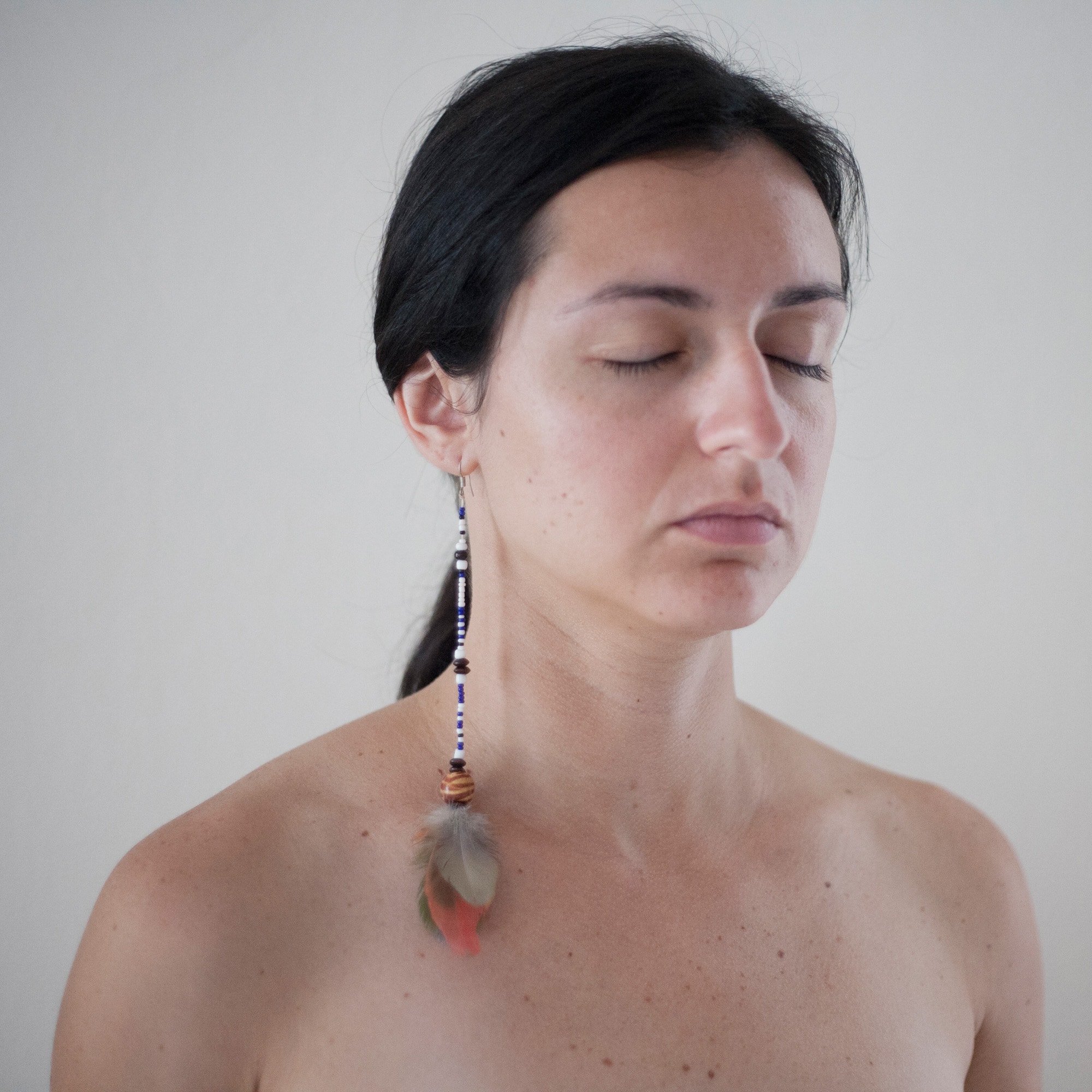
Verónica Sanchis
Tell us a bit about your journey in photography. How did you start, and how did you get to where you are today?
I began studying photography at the age of 18. I had the opportunity to attend a school where we were given the chance to experiment with all aspects of photography, including darkroom, studio, documentary, journalism, fashion, Photoshop lab, etc. This foundation was the best for me because I had broad access to photography from the beginning. Later, I went to university to study photojournalism. Beyond having a well-documented module, there was room for experimentation in other areas such as video, fine arts, writing, etc. Experimentation always caught my attention. This openness allowed me to explore and reach the point that motivated me the most: the Latin American territory.
As a photographer, I worked in various environments—studios, as an assistant, editorial, and commercial. Each space has been incredibly rewarding, but I love taking assignments for media, especially portraits.
Regarding editing and curation, it has been a very organic path for me. I have always loved researching and editing. I love seeing new works, stories—there is always something new to learn.
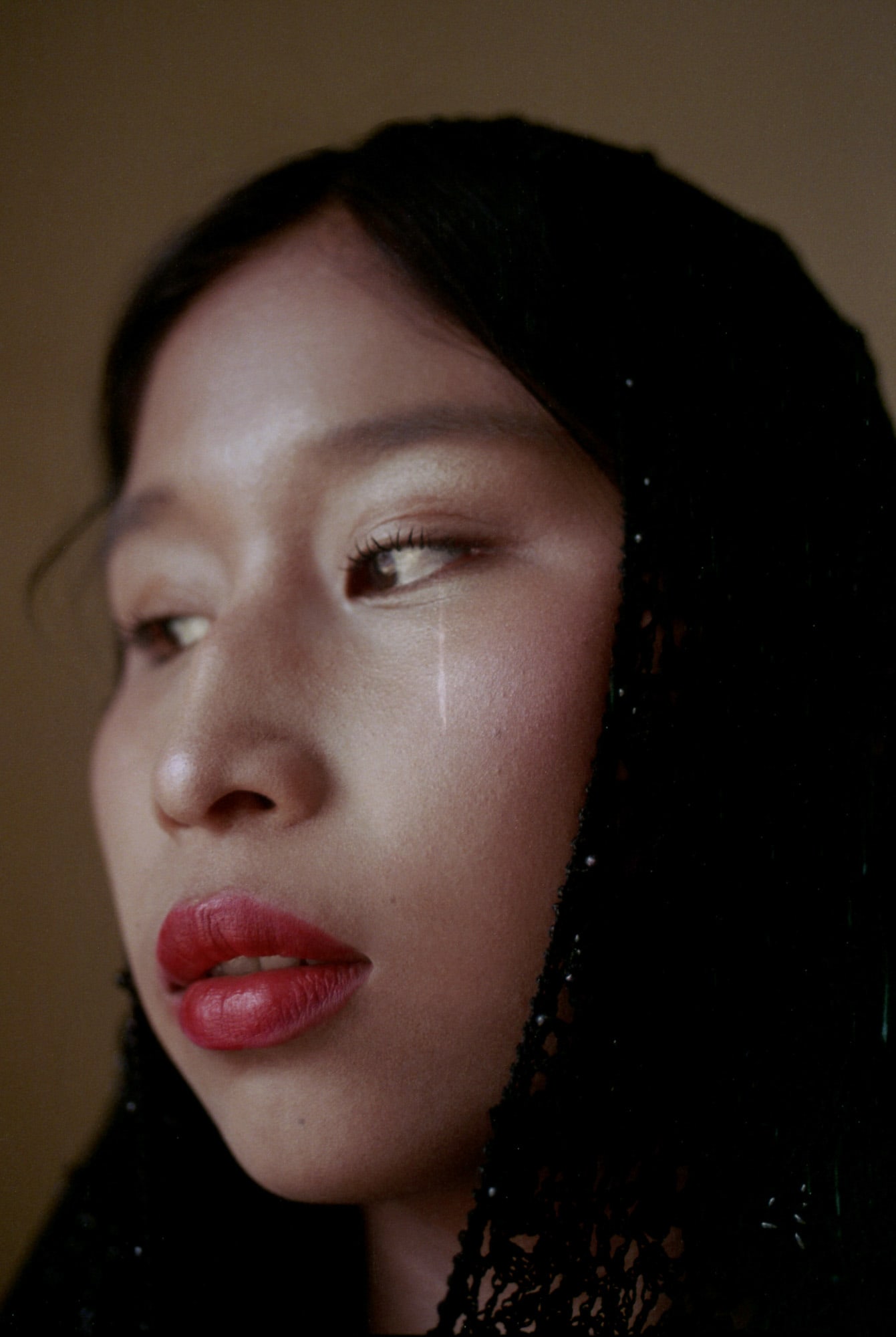
Marisol Mendez. Dolorosa.
You have been living outside of Latin America for many years, but your work still focuses on presenting artists from this region. Why this decision? How do you perceive the reception of Latin American production abroad?
I have almost 20 years of living abroad; however, from an early age, I had a great interest in Ibero-American photography and cinema. This always led me to research content. After my university studies, I decided to focus more on the work of women, as it corresponded to a personal interest as a photographer. The lack of contemporary works by women in different spaces motivated me to take action against something that frustrated me.
I feel that inclusion has increased, and there is still a long way to go, but I think many spaces and platforms are interested in collaborating more with Latin American production. I believe it is essential to continue developing and investing in these dialogues to keep growing as professionals.


